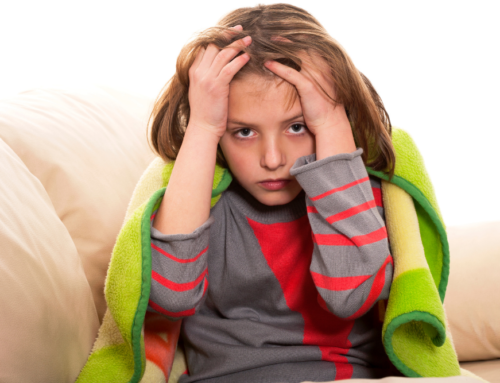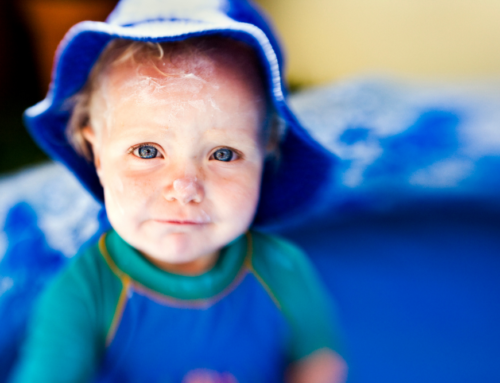We like to believe that babies are always safe when sleeping at home in their cribs. The reality is that SIDS (Sudden Infant Death Syndrome) is the leading cause of death for infants less than one year of age. These tragic deaths, known to be sudden and unexplained, are defined primarily by having no known cause after completing a police investigation. One commonality between them is that they usually occur during sleep or in the baby’s sleep area.
Unfortunately, 3,500 babies in the United States die from sleep related incidents that could have been prevented with a few minor changes to their sleep environment. The American Academy of Pediatrics (AAP) issued recommendations to reduce the risk of all sleep-related deaths, and launched the Safe To Sleep campaign in 1994 (originally named Back to Sleep) to bring education to the community and raise awareness.
Some risk factors for SIDS include:
Risk Factor #1: Stomach Sleeping
Stomach sleeping is the most significant risk factor associated with SIDS. Doctors have hypothesized that this may have to do with pressure on the infant’s airway or the act of “rebreathing” exhaled air with less oxygen. It is also believed that when babies are on their stomachs and their airway is blocked, they may not have developed the strength to rollover and save themselves.
How to Reduce the Risk: The safest way for a healthy baby to sleep is on their back and NOT on their stomach or sides. Keeping an infant safely swaddled during the night may prevent them from rolling on their stomach or moving around while asleep.
Risk Factor #2: Bed-Sharing
Bed-Sharing occurs when parents share a bed with their infant. This is unsafe because parents may accidentally roll onto their sleeping infant during the night and suffocate them. Additionally, the blankets, comforters and pillows could suffocate the infant while they’re asleep in the bed.
How to Reduce the Risk: The best practice is to have the infant sleep in a safe, unexpired crib located in the parent’s room, so they can be monitored during the night as needed.
Risk Factor #3: Unsafe sleeping environment
Many parents think that the more comfortable an infant’s bed, the better. Some cribs will be full of blankets, stuffed animals and pillows. Sometimes, the crib itself could even be expired – especially if it’s a hand-me down. All of this can create an unsafe sleep environment for the infant, because of the increased risk of suffocation.
How to Reduce the Risk : First, make sure your child’s crib is up to date with the most recent safety standards. Cribs sold in the United States after June 28, 2011 must adhere to new safety requirements, so don’t use a crib manufactured before that date. Most significantly, the new regulation outlawed traditional drop-side cribs and slats more than 3/8 inches apart. You can also check if a crib is recalled or not online. (Safebee)
If you ever have a question about your children, want to schedule a check-up appointment, or are looking for a Denver-area pediatrician and want to learn more about our practice at Mountainland Pediatrics, call us at 303-430-0823.



